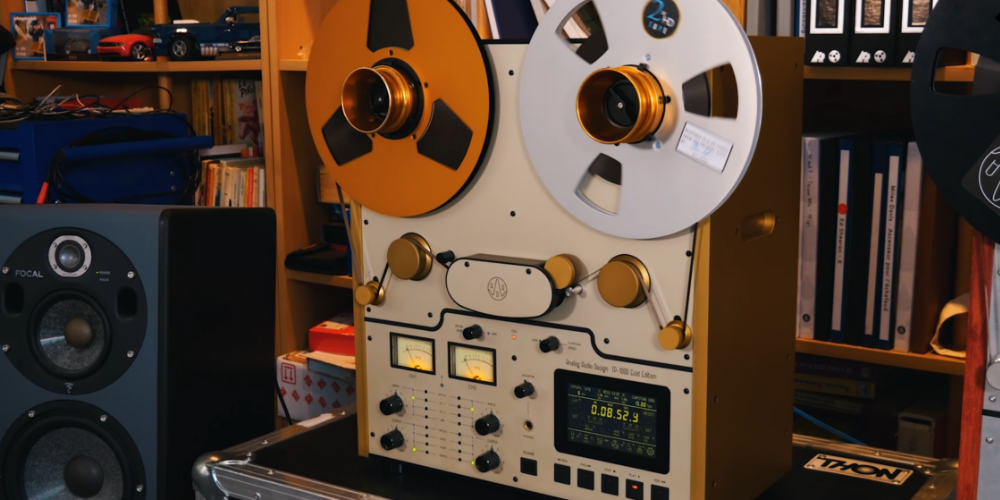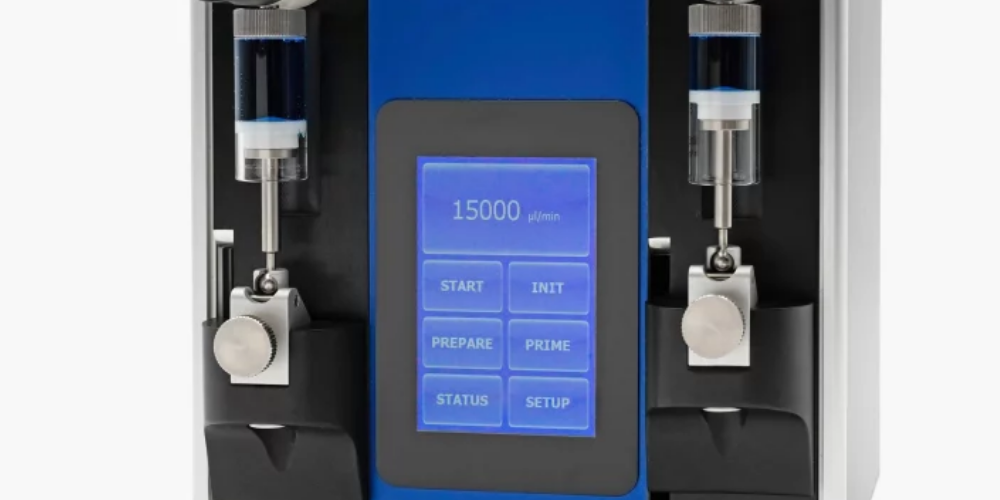
We are thrilled to introduce the latest advancements in our microOLED line—the uOLED-96P2, uOLED-128P2, and uOLED-160P2. This new generation builds upon the resounding success of our unique microOLED series, now powered by the PIXXI-28 processor. It offers enhanced performance and features for an unparalleled engineering experience.
The microOLED series has been a staple in display technology for over a decade and is renowned for its reliability and innovation. This latest launch marks a new era for the highly successful and unique microOLED line. With the PIXXI-28 processor, users can now access more computing power and advanced features. These improvements set a higher standard for clarity, versatility, and seamless integration in engineering applications.
Key Features
- Advanced 4D-Labs PIXXI-28 Processor: The uOLED-96P2, uOLED-128P2, and uOLED-160P2 are mechanically identical to the previous Goldelox modules but with the PIXXI-28 processor. This upgrade brings significant performance gains over GOLDELOX and introduces the ability to run ViSi-Genie, a feature GOLDELOX lacked.
- Vivid RGB 65K True-to-Life Colors: Immerse yourself in a world of vibrant and true-to-life colours. The uOLED series boasts an impressive RGB colour palette, bringing your projects to life with unparalleled visual clarity.
- Premium PMOLED Screen: The Passive Matrix Organic Light Emitting Diode (PMOLED) technology delivers superior contrast, wide viewing angles, and exceptional brightness for optimal readability.
- Low-Cost High Performance: The uOLED series perfectly balances performance and affordability. Now, PIXXI-28 sets a new standard for cost-effective engineering solutions.
- Easy 10-Pin Interface: Seamless integration is our design philosophy’s core. The uOLED series features an easy 10-pin interface, facilitating a hassle-free connection to any host device. Reduce setup time and streamline your workflow effortlessly.
PIXXI-28 Advancements
The PIXXI-28 processor, which powers the new microOLED P2 series, introduces several substantial advancements over the previous Goldelox-based models:
- Enhanced Performance: The PIXXI-28 processor delivers significant performance improvements, enabling faster graphics rendering and smoother animations. This improved processing power allows for more complex and visually appealing graphical user interfaces.
- FAT File System Support: Unlike the GOLDELOX processor, which only supports RAW files, the PIXXI-28 processor supports the FAT file system. This advancement simplifies file management, making storing and retrieving multimedia content and data files more manageable.
- Increased Memory Capacity: The new series offers expanded memory options, with up to 32KB of flash memory for user code storage and 14KB of RAM for user variables. This increased memory capacity allows for more extensive and sophisticated applications.
- Versatile Storage Options: The microOLED P2 series provides flexible storage solutions with models available in both Flash and microSD configurations. This versatility allows users to choose the storage option that best suits their specific application needs, whether for multimedia storage, data logging, or code expansion.
- ViSi-Genie Compatibility: The PIXXI-28 processor introduces compatibility with ViSi-Genie, a powerful graphical user interface design tool unavailable with the GOLDELOX processor. ViSi-Genie provides a codeless approach to creating complex GUIs, reducing development time and effort and allowing you to focus on the core functionality using your preferred host controllers.
- Comprehensive I/O Options: The PIXXI-28 processor offers a range of versatile I/O options, including analogue input, Dallas 1-wire sensor capability, audio generation, and digital I/O. This comprehensive set of features ensures that the microOLED P2 series can meet the diverse needs of various engineering applications.
These advancements ensure that the microOLED P2 series meets and exceeds the demands of modern engineering projects. The microOLED P2 series delivers enhanced performance, reliability, and ease of use. Engineers and developers can leverage these advancements to elevate their projects with dynamic, innovative displays offering superior visual clarity and seamless integration.
Table of contents
Subscribe to our newsletter
Latest Case Studies

This case study unveils a practical application of embedded innovation, highlighting the process and outcomes of upgrading legacy systems in a technology-focused product line. Through strategic technological integration, the project not only uplifted product performance but also markedly improved customer satisfaction levels. The subsequent pages delve into various strategic and operational enhancements made, providing readers with a nuanced understanding of the concrete impacts and subtleties involved in a real-world, engineer-led embedded innovation initiative. A testament to blending traditional systems with modern innovation.

Duratec, specializing in liquid handling devices for various industries, aimed to simplify the control interfaces of their new product line. Partnering with 4D Systems, they integrated a touch display module enhancing user-centricity and operational efficiency. This transition replaced outdated control panels with an intuitive, modern interface without compromising on control capabilities via the RS232 interface. Three new devices were launched, improving user interactions through user-friendly touch displays, showcasing Duratec's commitment to innovation. This collaboration allowed for more straightforward control, monitoring, and interaction with Duratec's devices, ensuring a better user experience and meeting industry demands.

In the challenging process of creating an advanced 3D printer, BCN3D encountered an unexpected difficulty: finding an appropriate, user-friendly display module. Despite initial struggles, BCN3D discovered the solution in 4D Systems’ gen4 display modules. These modules offered superior resolution, processing power, and flexibility. Key to BCN3D's decision was the modules' easy integration via a serial connection and the Arduino-compatible library into their firmware. For its Sigma R17 3D printer, BCN3D upgraded to the gen4-ULCD-35DCT-CLB, a 3.5-inch Intelligent TFT-LCD display module with capacitive touch, further enhancing the user experience. The gen4 series of intelligent display modules perfectly matched BCN3D's requirements, offering innovative solutions in the sophisticated 3D printing space.

